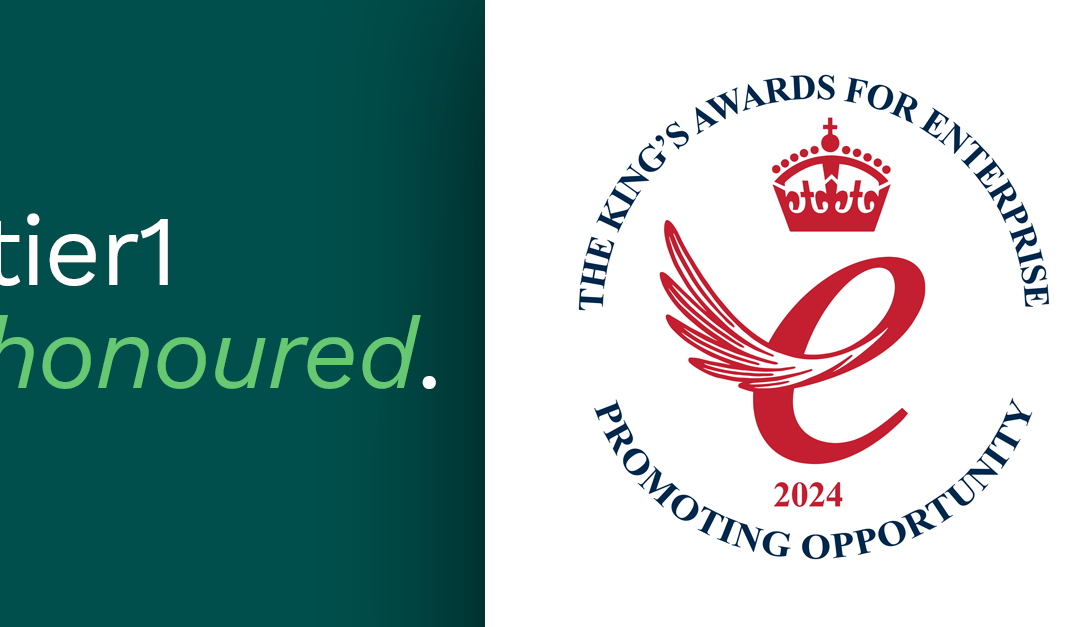Delivering real-time data-driven insights and transformative business process automation at the touch of a button, the Internet of Things (IoT) is a substantial economic driver for global organisations.
By optimising operations to improve productivity and performance, extending competitive advantage, and ultimately increasing ROI and revenue, it’s easy to see why the IoT market is experiencing exceptional growth, at a significant pace.
According to Statista, the overall global Internet of Things market will have reached a staggering US$1,177 billion in 2023. But how fast is the IoT growing? Future forecasts predict an annual growth rate of 12.57%, resulting in a somewhat mind-boggling market volume of US$2,227bn by 2028. *
The Industrial IoT market worldwide is projected to rise at a similar, albeit slightly higher rate of 12.68%.
There is some debate on the number of connected devices worldwide, but Statista estimates that by the end of 2023, there would be 15.14 billion IoT assets – almost double the number of earth’s inhabitants; currently 8.1 billion. * What’s more, their research predicts that this figure will exceed 29 billion by 2030; in just 7 years.
By 2030, 75% of all devices are forecast to be Internet of Things technologies. ^
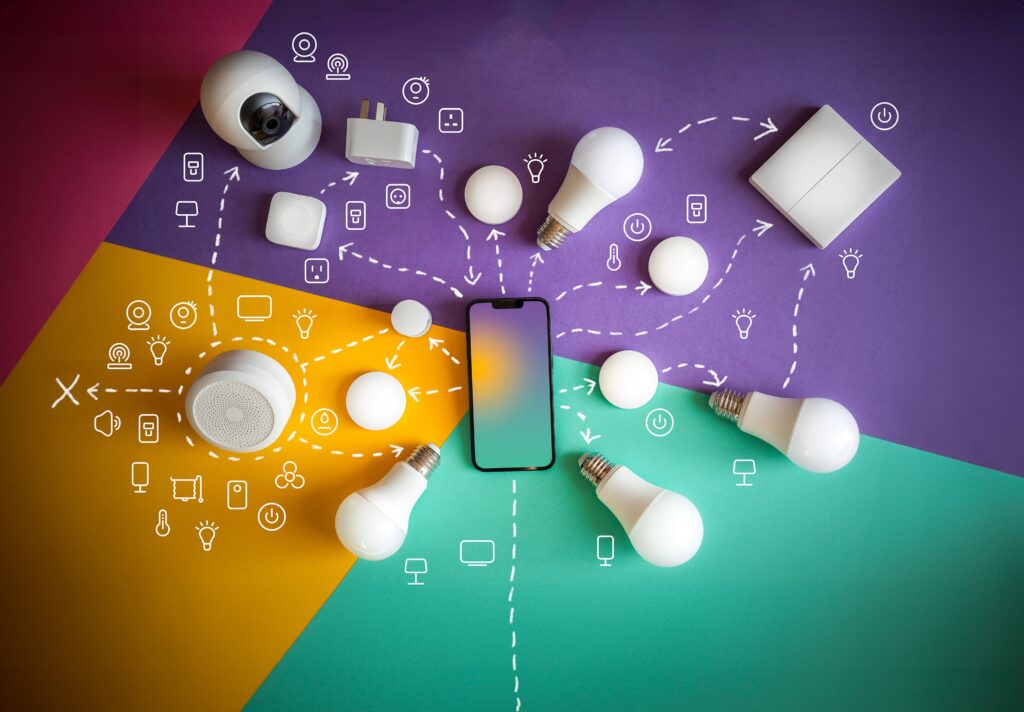
How can the IoT be used in business?
Manufacturing, energy, finance, healthcare and agriculture are the top five sectors embracing enterprise IoT. ^ +
By leveraging IoT applications, the manufacturing sector can optimise production, increase efficiency, and reduce downtime, waste, and costs through actionable insights. Part of the fourth industrial revolution or Industry 4.0, the industrial IoT maximises operational systems, manufacturing machinery/robotics, remotely tracks and monitors assets, detects faults, and supports supply chain and logistics management. ^ Advanced sensors enhance security and safety; quickly alerting workers to any risks present.
Extending beyond production, smart buildings optimise lighting and heating/cooling energy efficiency. Commercial fleets can be tracked using telematics, GPS and analytics for safety monitoring, insurance purposes and to optimise or change delivery arrival times. Consumer experiences are improved by inventory tracking, monitoring shopping behaviours and providing personalised recommendations. Smart shelving can even track and reorder stock.
Utilities companies can analyse real-time data to respond to changes in demand, load and distribution, as well as detecting system faults and blackouts.
The world’s largest industry, agriculture, has rapidly adopted IoT technology. Smart farming promotes sustainable farming practices by monitoring and optimising crop growth, soil health and climatic conditions. Drones support surveying and crop spraying, whilst precision agriculture technologies, such as automated irrigation systems, reduce water use and the use of synthetic fertilisers and pesticides.
In fact, the possibilities of enterprise IoT and its applications are almost limitless, especially when it is combined with the opportunities provided by learning. For example, by continuously monitoring networks, artificial intelligence I can amplify cybersecurity systems, identifying and mitigating threats immediately. After all, the greater the number of IoT devices, the greater number of end-points to exploit and gain network access.
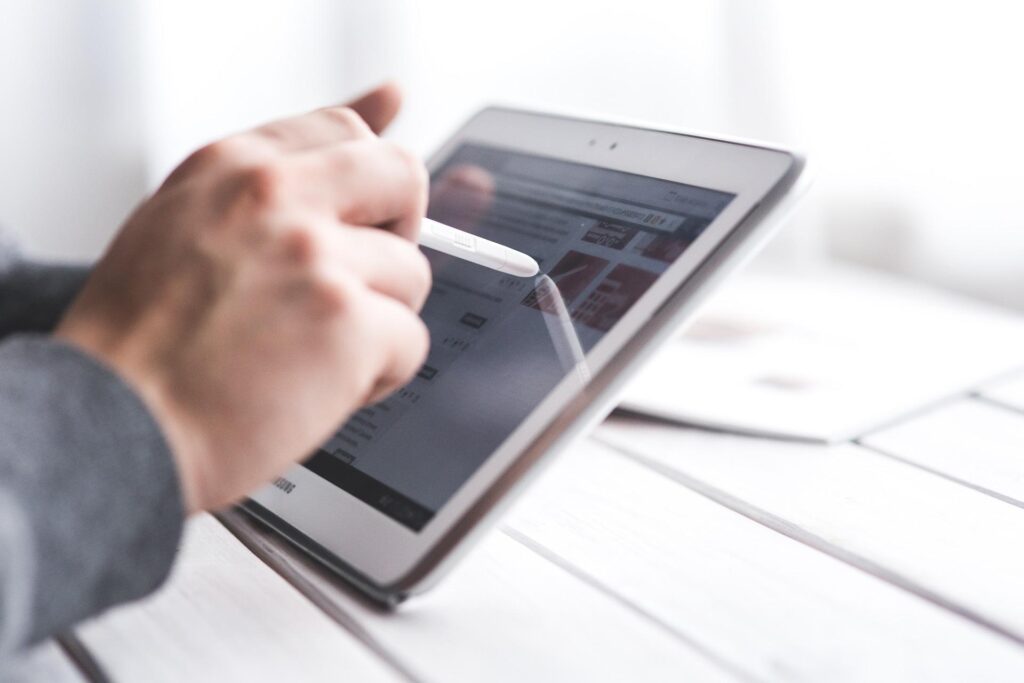
What security measures are crucial for securing IoT devices?
Whilst our network of interconnected IoT devices provides transformative data-driven responsiveness for our businesses, there is also a consequential increased risk of data exposure; in turn adding another level of complexity to the lifecycle management of your IT inventory.
IoT manufacturers are known to focus on advanced functionality and cost over resilient security, and therefore, the Internet of Things is inherently insecure.
There were 1.51 billion IoT breaches reported in the first 6 months of 2022.
Astra.
IoT infrastructures often include a wide variety of devices, each with its own security systems and protocols. In order to protect company data, the lifecycle management and IT asset disposal of each device type demands a comprehensive understanding of the data security vulnerabilities, whilst following the essential steps of IoT security best practice.
IoT inventory audit.
As our enterprises capitalise on the cost-efficiencies provided by IoT technology, the sheer volume, mobility and diversity of these devices amplify the challenges, particularly if some devices are used by hybrid or fully remote teams.
According to vulnerability scanning platform provider, Astra, 51% of IT teams are unaware of the types of devices connected to their networks, indicating a lack of visibility and control over potential data governance issues.
A regular, thorough IT audit of your organisation’s entire IT and IoT inventory is, therefore, an essential part of your cybersecurity strategy – yet, this is often overlooked. A full audit will provide a complete record that integrates with your IT asset management systems, provide asset tracking and
An audit will identify when device firmware and software updates should be scheduled. Outdated firmware or unsupported operating systems can leave the door wide open for cybercriminals to exploit an unpatched vulnerability.
Device encryption.
As the number of corporate devices increases, so too does the potential for future data security issues.
The implementation of robust encryption security protocols mitigates unexpected threats and protects company data effectively. When procuring new IoT tech, it is important to prioritise devices with built-in encryption functionality; and ensure that all devices have their encryption key installed during initial set-up.
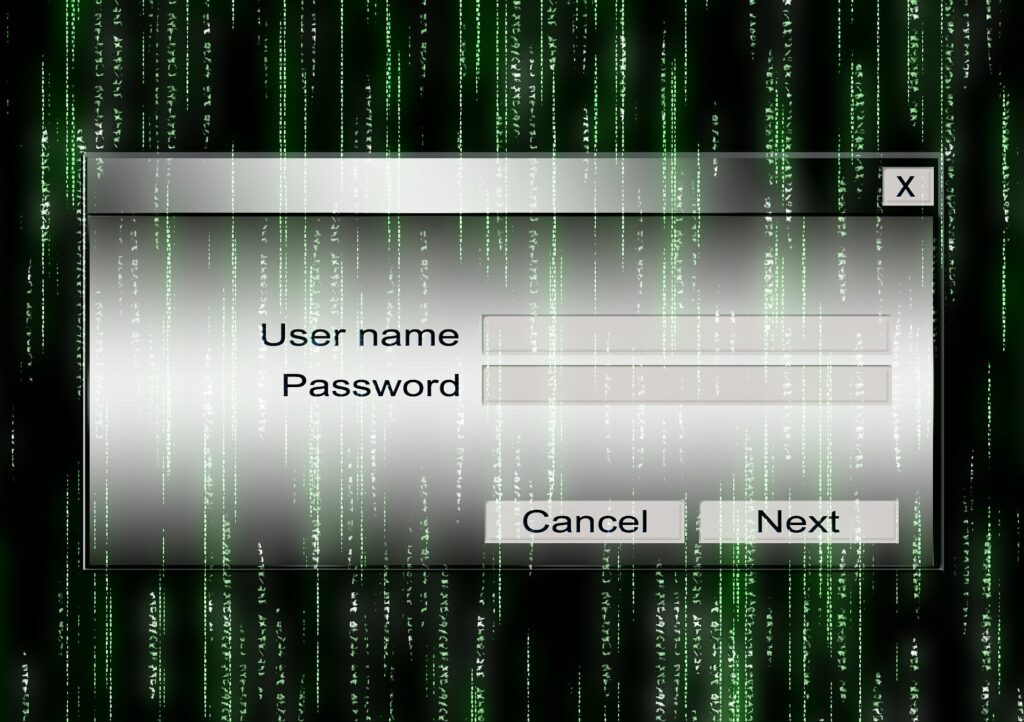
Multi-Factor Authentication. (MFA).
Whilst security depends on the device’s administration access, when achievable, additional verification measures should be added. Similarly, Multi-Factor Authentication, (MFA), provides substantial reinforcements to your IoT security framework. As the name suggests, MFA requires a minimum of two identifiers for anyone attempting access to either the device or your network. Software-based, brute force attacks will make swift work of single password authentication. Two-factor authentication systems including one-time passwords or SMS codes, are critical for any organisation handling highly sensitive information, such as the financial services or healthcare sectors.
It is never a bad idea to educate employees on the importance of updates, encryption and MFA security to provide greater context as to why they are being asked to complete additional steps to gain access. It also increases awareness of the amplified risk associated with the Internet of Things. After all, your team play an essential role when it comes to mitigating those risks.
Secure data erasure and IT asset disposition services.
It is imperative to incorporate your organisation’s IoT devices into the scope of your wider IT asset disposal policy. Due to the scale of the IoT security challenges created by the array of device types, specifications, and which, if any, security procedures are permitted, many end-of-life IT assets pose unique risks during the disposal of your redundant IT equipment. Depending on the scale of your organisation and the level of IoT technologies used, a specific, standalone IoT ITAD policy may be advisable.
When it comes to secure data-wiping services, it is vital to implement the correct erasure methods for the storage systems to ensure that no residual information remains. This is crucial if the asset is to be refurbished and resold or recycled; its components entering the
As devices vary substantially, there is often no standardised disposal procedure, but your ITAD supplier will be able to advise you on the most secure data destruction services for the device type, along with environmentally friendly ITAD best practice.
Secure IoT disposal must also adhere to specific legal requirements. As these devices also process Personally Identifiable Information, data protection should be considered from the outset of any IoT technology solution, as it would for any other piece of IT equipment. The IoT must comply with the GDPR data destruction requirements, along with the EU’s e-waste directive; WEEE.
The disposal process should be fully documented; an ITAD chain of custody for each decommissioned device will provide evidence of your legal compliance.
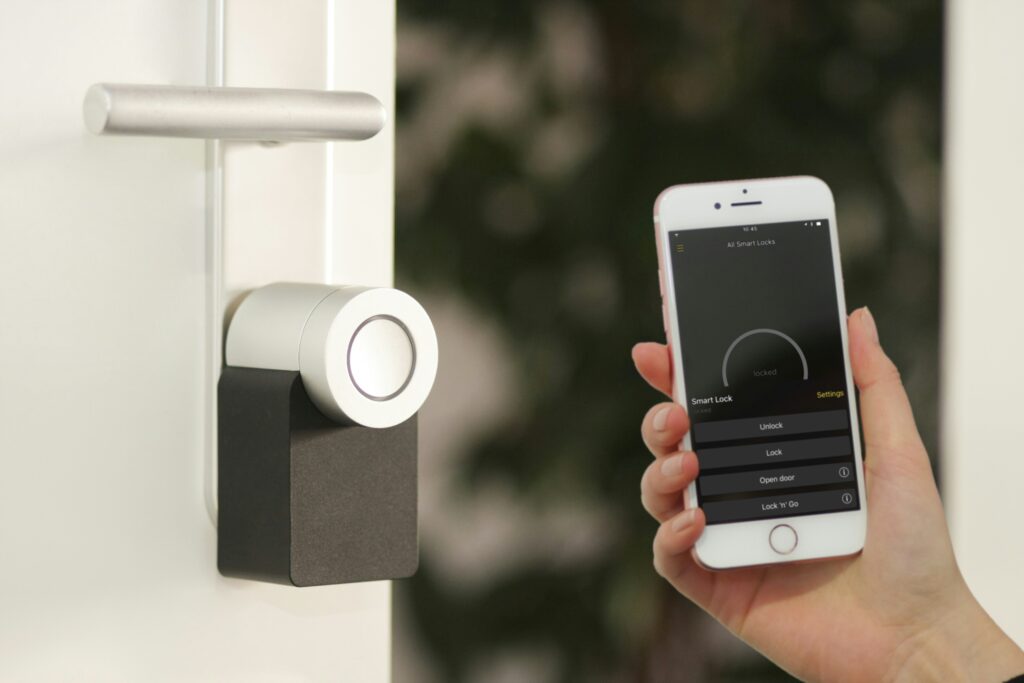
It’s easy to see how IoT can transform businesses in future, presenting significant commercial opportunities when investing in these data-driven, automated technologies.
Yet, despite all the advantages, the exponential growth of this sector brings data governance challenges, which must be promptly addressed. Through efficient auditing, encryption, multi-factor authentication and secure IT asset disposal, organisations can mitigate the specific characteristics of these increasingly commonplace, but varied devices.
As your enterprise continues to capitalise on the huge potential and business benefits presented by the IoT, integrating these devices into your ITAD policy is not just a matter of compliance. It is essential when it comes to safeguarding sensitive company data, abating cybersecurity risks and preventing a potentially devastating, costly data breach.
*Statista, ^Tech Informed, +Imaginovation Insider.
With expert working knowledge and experience, tier1 understands the complexities of providing secure data erasure services for Internet of Things technologies.
Our trusted technicians will ensure your organisation adheres to all current data protection and environmental waste legislation, supplying a full ITAD chain of custody for each device. Moreover, we will be sure to keep you updated with any new regulations relating to the governance of this fast-paced technology sector; leaving you to focus on what you do best.
To find out more about any of our lifecycle management or environmentally friendly ITAD services, chat with our friendly team on 0161 777 1000 (Manchester), 01621 484380 (Maldon) or visit www.tier1.com
Resources.
Astra, Intuji, Tech Target, Forbes, Tech Informed, Last Pass, IOT for all, Hobi, PWC, EuroStat, Statista,

